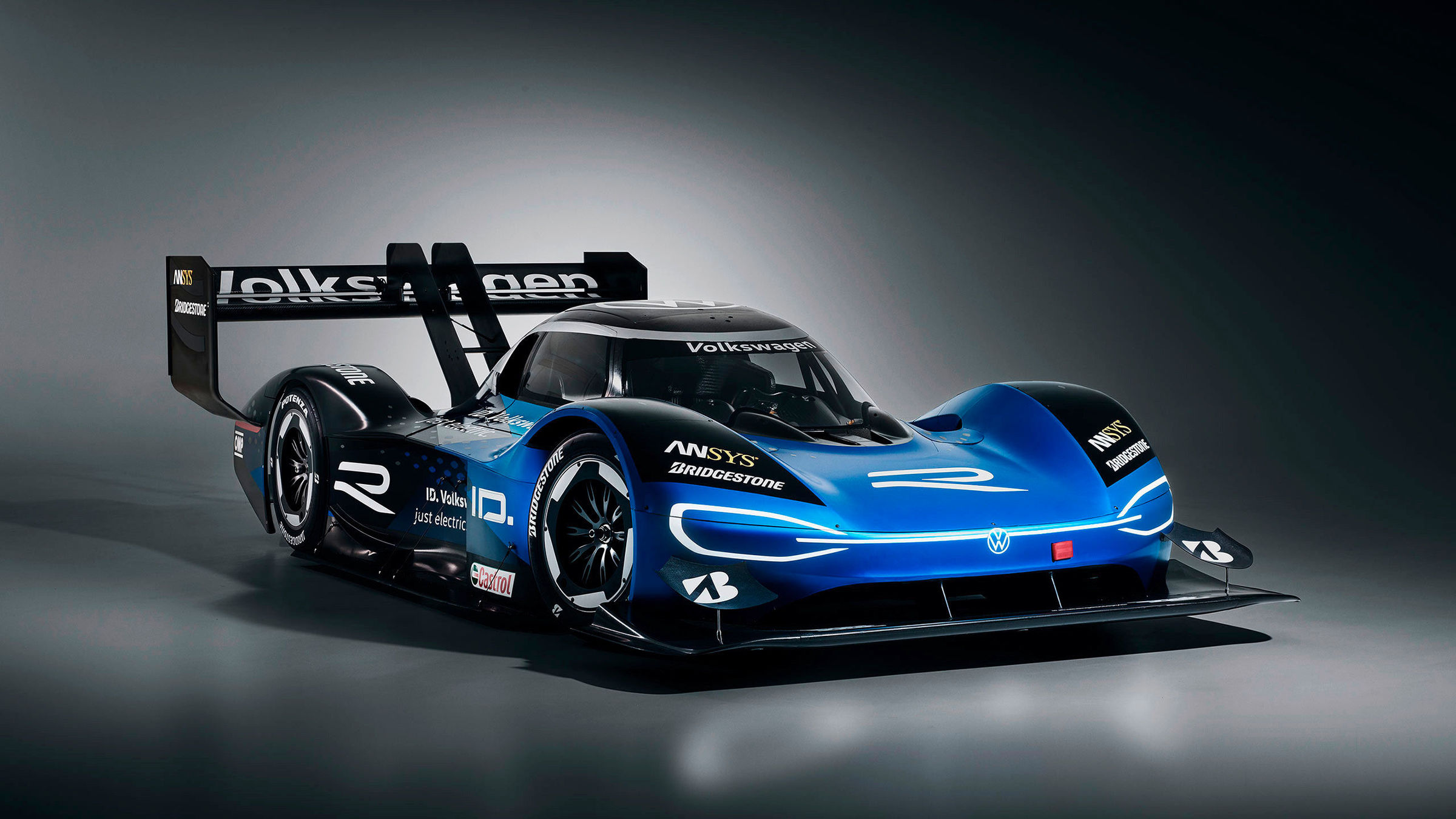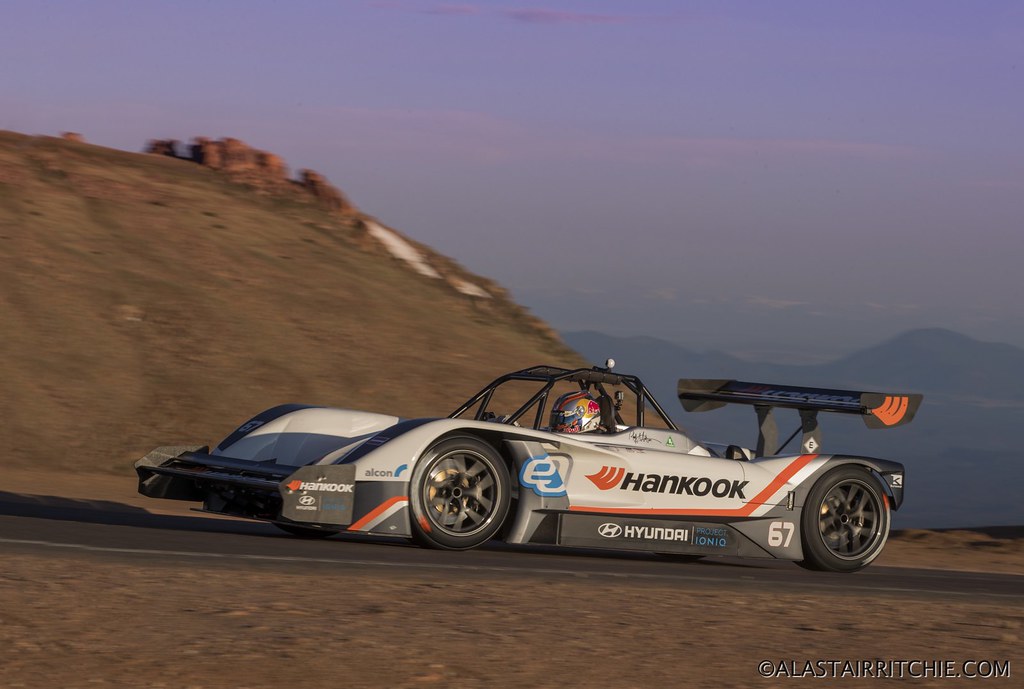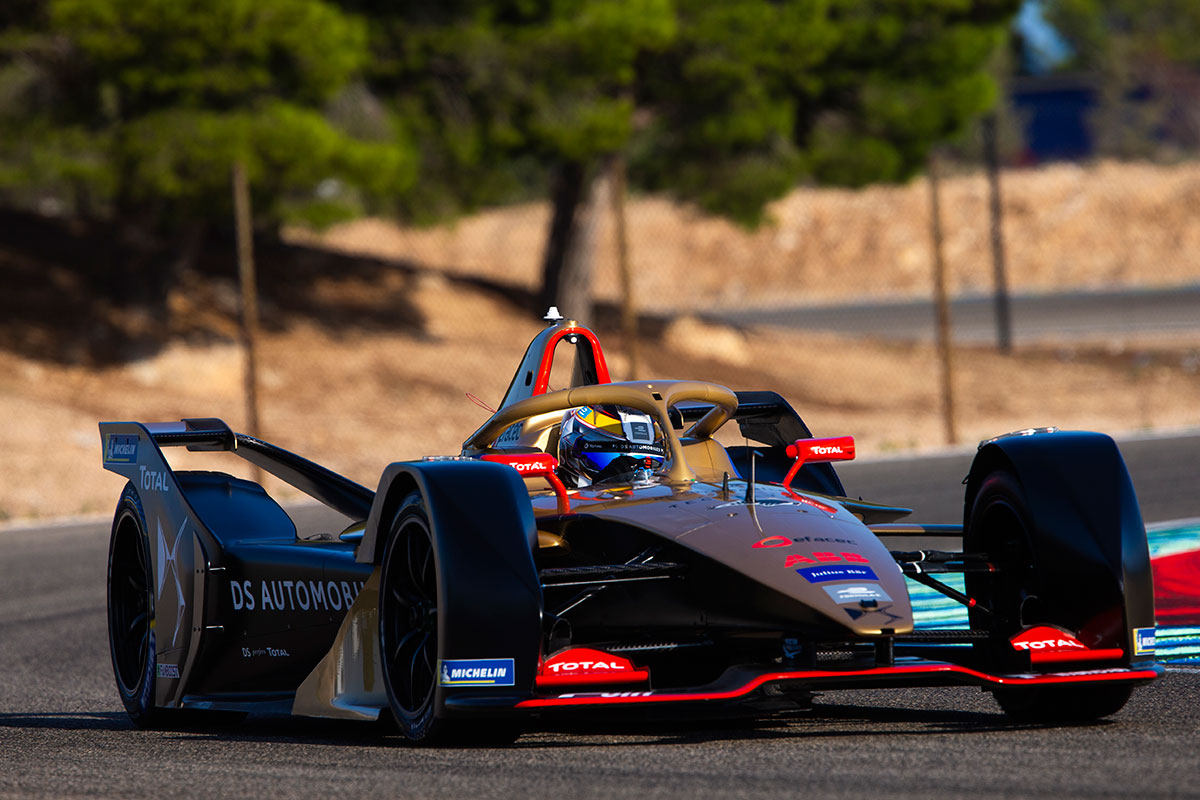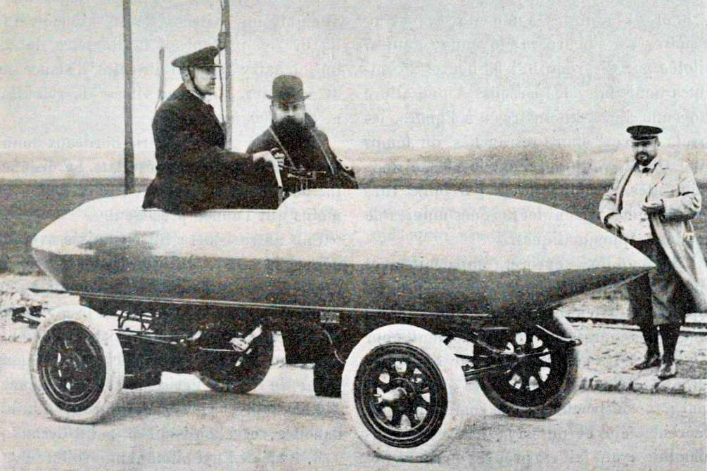5 of the best: Electric-powered racing cars

Electric-powered cars and bikes are no longer a rare site on the roads. In the automotive world they are now commonplace, a trend underlined by the fact that more than 164,100 pure-electric cars were registered on UK roads by the end of September 2020, amounting to 6.7% of total new car registrations
The surge of interest and development of electric vehicles is something that has been mirrored and seen a similarly sharp increase in popularity in the fast and furious world of motorsport. With Formula E now entering its seventh season, Extreme E debuting in March 2021, Moto E offering two-wheeled electric thrills and numerous electric-powered record breaking attempts at iconic venues such as Pikes Peak, Goodwood and the Nürburgring EVs are proving the way forward for major manufacturers to battle it out on the track.
Far from being a recently fostered trend, non-internal combustion engine-powered motorsport and development has been in motion for over 100 years, and the technology and style of these machines has come a long way…
Here’s five of the most innovative and striking racing EVs to grace the world of motorsport.
Volkswagen ID.R
In June 2018 Volkswagen changed the game with the all-electric Volkswagen ID.R. Not only did it look the business and would sit nicely alongside any Le Mans winning prototype, but it set record times at three of the world's most iconic stretches of tarmac with endurance racing legend Romain Dumas at the controls.
Dumas streaked up the famous Pikes Peak Hillclimb course in Colorado, USA in 7m 57.148secs, breaking the previous outright record set by Sébastien Loeb in his Peugeot 208 T16 Pikes Peak. With the motorsport world’s jaws still on the floor, Dumas and VW went to the fabled ‘Green Hell’ of the Nürburgring Nordschleife, and with much pomp and ceremony, set a non-production, electric car lap record, and the second fastest time ever.
Later that year the car and Dumas blasted up the hill at the Goodwood Festival of Speed in 39.9secs to beat the record previously set by Nick Heidfeld in a McLaren MP4/13 Formula One car. Dumas’ time was in fact over two seconds quicker than Heidfeld’s F1-powered run…
Monster Sport E-RUNNER Pikes Peak Special / Tajima Rimac E-Runner Concept_One
Nobuhiro Tajima aka ‘The Monster’ is the man responsible for gifting the world the unique Monster Sport E-RUNNER Pikes Peak Special, powered by two GKN EVO eDrive Systems motors with a SIM-Drive controller plus Mitsubishi Heavy Industries (MHI) MLiX lithium-ion battery, and in 2013, the Japanese racer won the electric vehicle class at the Pikes Peak Hillclimb and ended up fifth overall with a time of 9m 46.530secs.
12 months later, in 2014, Tajima set an electric-powered record, flying up the fearsome 12.4 mile course in 9m 43.90secs at the wheel of the E-RUNNER, and finished fourth overall in what was the best result for a non-internal combustion-engined car at the event in its 98 year history.
Having etched an electric icon into motorsport history in the shape of the E-RUNNER, Tajima swapped his record breaking whip for the Tajima Rimac E-Runner Concept_One, built in cooperation with Rimac Automibil and went over 10 seconds quicker, bagged a sensational second place overall...behind overall winner and fellow EV, the Drive eO driven by Rhys Millen.
Drive eO PP03

Latvian automotive company Drive eO shipped their one-megawatt eO PP03 to the USA for the 2015 Pikes Peak Hillclimb and made history by winning the legendary event and capping an electric vehicle one-two, with a record time of 9m 07.222secs, followed by EV racing pioneer Nobuhiro Tajima in his Tajima Rimac E-Runner Concept_One.
The eO PP03 was driven by New Zealander Rhys Millen at the 2015 event and the result proved that the performance of electric vehicles at Pikes Peak was no flash in the pan and the EVs are here to stay at the legendary race to the clouds.
Formula E Spark Gen2

The FIA Formula E series enters its seventh season in 2021 and it is safe to say that the all-electric cars that make up the field have evolved hugely both stylistically and technologically since that first race in Beijing in September 2014.
The 2020-21 season sees teams and drivers do battle at the wheel of the Spark Gen2 car, the same machine used in the 2019-20 championship with any radical upgrades delayed due to the effects of the global Covid-19 pandemic. Despite this, the low slung, single-seat Spark-Dallara designed and built chassis remains a futuristic fixture on the global motorsport with a 54 kWh battery and power output rising from 200 kW to 250 kW and a not too shabby top speed of around 175mph, things can only get quicker and more impressive in the Formula E realm.
La Jamais Contente

The uninitiated might think that the advent of electric cars is something within the time bracket of the last four-odd decades. In fact, the birth of the EV can be traced back to the latter years of the 19th and early years of the 20th Century with a whole slew of manufacturers and one-man bands, especially in France, trying to capitalise on the burgeoning electric street carriage market.
Out of this race came the curiously titled La Jamais Contente (the Never Satisfied). This was a cigar-shaped electric car built by daredevil Belgian Camille Jenatzy and composed of aluminium, tungsten and magnesium and at the end of April 1899 it became the first road vehicle to go over 62 mph, hitting an unprecedented 65.792 mph.
120 years after this feat, the electric car is once again breaking records and proving a viable and faster alternative to the internal combustion engine on both the road and the track with the pioneers of today continuing the work laid down by the likes of Jenatzy and co.